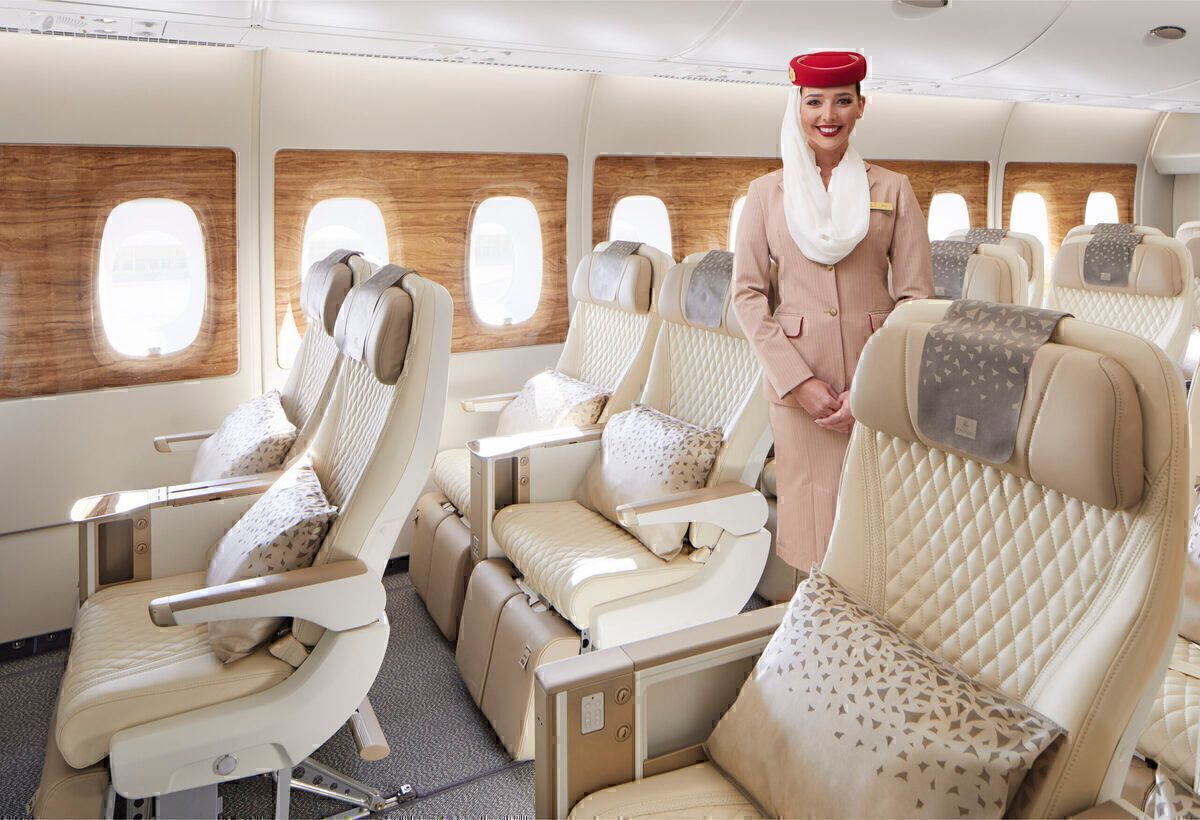Yes but you are adding a minimum of 2 hours, probably longer, to the journey time by having to disembark at Dublin, against a direct non-stop flight. And on any return flight to Dublin continuing to the UK, the airline can't carry CTA passengers joining at Dublin, if they have uncleared international passengers on board (bound for the UK). So they lose flexibility there.
The idea is speculative anyway; at the moment the plan is for direct Manchester <> US flights using Aer Lingus aircraft and crew. As part of the Transatlantic joint venture and revenue sharing arrangements, all the parties are doing is using the cheapest aircraft and crew and divvying up the costs and revenue as normal. They’ll take into account the commercial attractiveness of the various brands that they have, but ultimately they’re pretty agnostic about what colour the plane that operates the route is.
Yield is low out of Manchester, but if you want to maintain a market position (and keep Delta and United out) then you do it in the cheapest way possible.
However, and as an alternative, and from Manchester and other UK airports, there will be the option of connecting through Dublin, with the Dublin <> UK services operated by their own shorthaul fleet or their franchisee (hitherto Stobart, soon to be Emerald).
If flying direct, there’s no immediate plan for preclearance to be any part of the offer.
If flying indirect, and as for the last few years, passengers would use the connection time (which they might otherwise spend at Heathrow, Amsterdam, Paris CDG etc.,) to go through preclearance and to save time by arriving as a de facto domestic passenger in the US.
In this case, then, it’s a competitive advantage over other connecting competitors, not necessarily one over a much faster direct flight.
In the case of the speculative idea of actually operating (say) Manchester > Dublin > Boston with the same aircraft and preclearing all Westbound passengers in Ireland, but not carrying shorthaul passengers across the Irish Sea, the economics would be challenging at best. If you were filling the plane out of Manchester anyway, but wanted to preclear, then you’d bet better doing it through Shannon (which is what British Airways did with its London City New York service).
There has been talk in the past of Manchester wanting to become a preclearance point for the US and, as it goes, also for Heathrow T5. It’s possible that current and forecast low passenger numbers and the extra space therefore available makes US preclearance at UK airports more likely than it has ever seemed.
All it needs is time, money and negotiation; after all, Abu Dhabi already has it, too.

www.flightradar24.com


